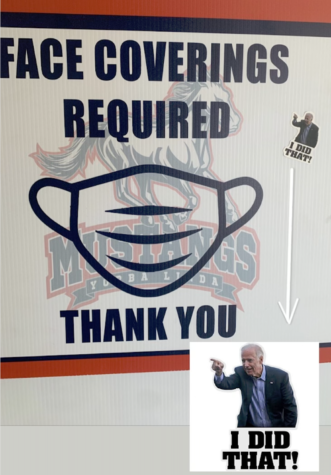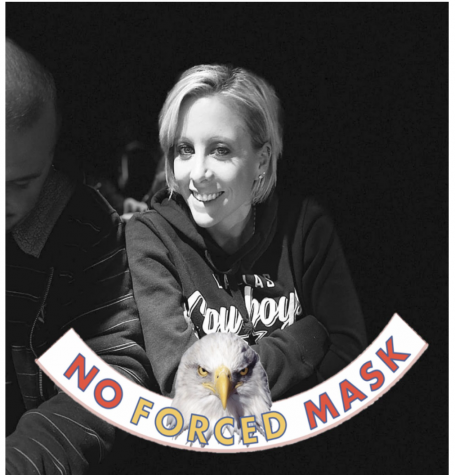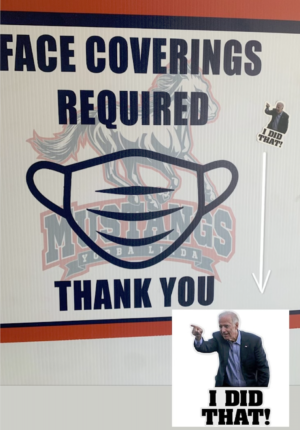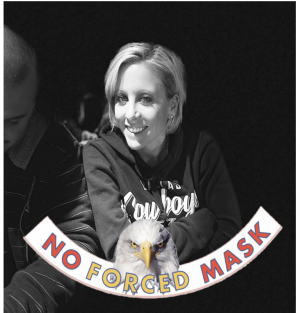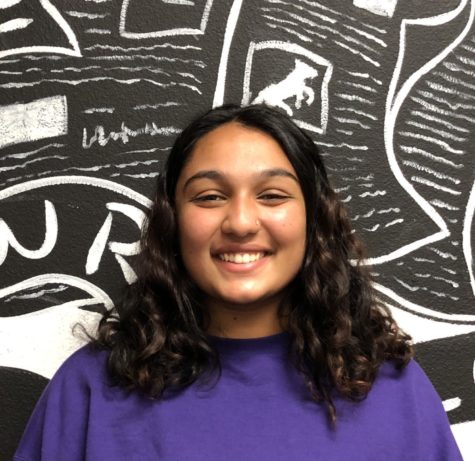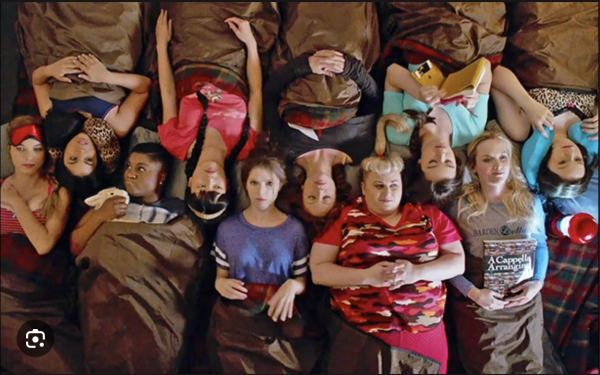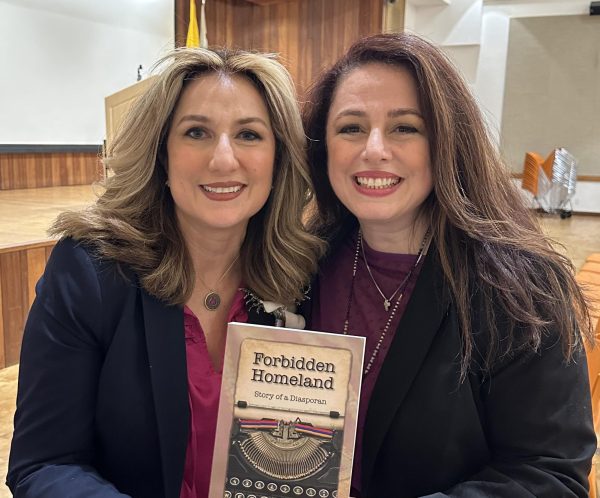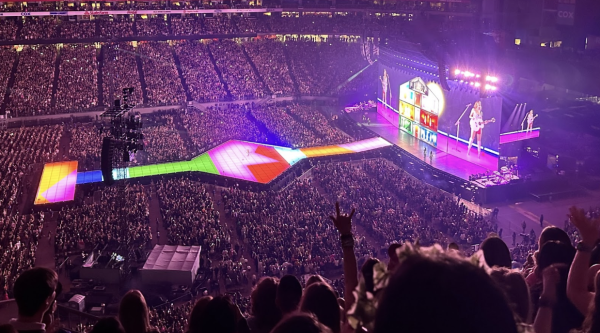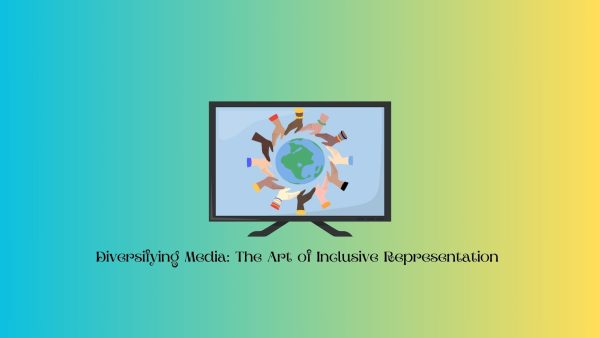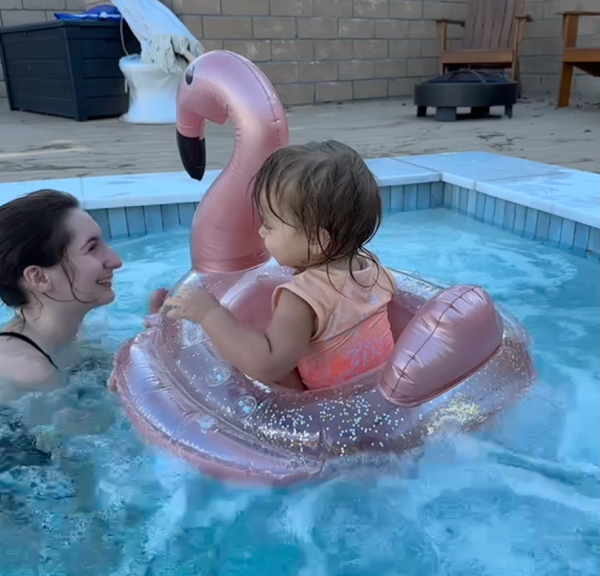The media focuses on, yet again, another white woman missing.

A collection of missing or murdered women in the United States.
October 11, 2021
For the past few weeks, the news has had a frenzy with the Gabby Petito case. All over social media, podcast sites, news outlets, and any other form of media, is detailed coverage of Gabby Petito’s disappearance. Although it is tragic when anyone disappears, there seems to be an extra caring spot in the media’s heart for white women; this has become known as “Missing White Woman Syndrome” (nytimes).
The statement that the media will always focus on white women is statistically proven. Black people constitute 13% of the US population and 31% of missing persons, while 54% of missing persons are white, though they make up 76% of the population. This demonstrates that those who go missing are disproportionately people of color. However, missing persons that end up on the television are almost always white middle class women. According to data from the National Crime Information Center, 40% of people who went missing last year were people of color. During the COVID-19 pandemic alone, the number of Black and Latina women has increased and the lack of media coverage and data makes them harder to find. In Wyoming, the same state where Petito’s body was found, more than 700 Indigenous people were reported missing over the last decade — with about 85% being children (Insider).
It all comes down to the fact that the only way a news broadcasting station is going to want to cover a story, is based on what people will view. Kaelin (11), feels that our society is “shallow in the sense that we base what we view on if they are ‘attractive’ enough for us”. What is considered “more viewable” to them are “factors such as supposed attractiveness, body size, and youthfulness” (nytimes).
In addition to this, there are ways that women of color are misrepresented when they are finally displayed on the news. News coverage of missing black women is more likely to focus on the victim’s problems, such as abusive boyfriends or a troubled past, while coverage of white women often tends to focus on their roles as mothers or daughters (utne.com). Black and Indigenous women are especially criminalized when they are talked about in the media with a high chance their story involves addiction, poverty, violence, or crime.
Racism can take shape in many different shapes and forms. Although these situations are not blatant discrimination towards women of color, this still represents the inequality that is often faced by women of color. It is an injustice that the media focuses only on what they consider to be important. Women of color face discrimination in forms that no other group of people could ever relate to. This idea that they are not significant enough shows the way that society views them. Change is necessary because there have been many occurrences that women of color have gone missing and the media chose to not report. Media coverage can lead to a significant change in tide of a case with more information and more eyes open to look for these missing women. It is robbing these women at a chance to be found.
There are a variety of foundations that have used their voices and power to try to combat this injustice. The Native Women’s Wilderness group uses their resources to educate the public about the high number of missing women and provide aid to the families and investigators of these cases. Another group runs an online search agency called the Black and Missing Foundation. This foundation helps search for missing persons of color. These foundations are a key part of the movement to help end the media focus on white women and allow for the expansion of coverage into the world of women of color.


